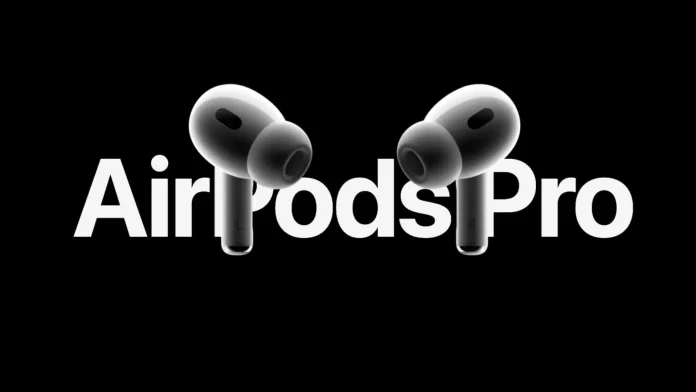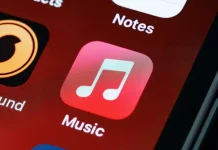Apple has officially closed two extended repair programs that addressed persistent sound-related problems in select devices. Moving forward, users will need to rely on standard warranty coverage or pay out-of-pocket for repairs if issues occur. The decision mainly impacts older products now beyond their three-year coverage limits.
AirPods Pro Program Comes to an End
The discontinued AirPods Pro Service Program for Sound Issues focused on first-generation models that exhibited crackling, static, or degraded active noise cancellation. According to Apple Support, only units manufactured before October 2020 were eligible for free replacements following testing. Each pair received coverage for up to three years from the original retail purchase date.
Now, Apple has removed the program from its active service listings. This makes official what many users had already noticed: most affected devices have surpassed eligibility. In practical terms, users should no longer expect complimentary repairs or replacements under those earlier criteria.
What the iPhone 12 Closure Means
Apple also ended its iPhone 12 and iPhone 12 Pro Service Program for No Sound Issues, which targeted certain devices affected by a faulty receiver module. The issue applied only to iPhone 12 and iPhone 12 Pro units manufactured between October 2020 and April 2021—the iPhone 12 mini and iPhone 12 Pro Max were never part of the initiative.
Under that program, Apple provided free repairs within three years of the device’s original purchase. However, regional support pages now confirm the program’s expiration. Users can still request diagnostics, but any confirmed hardware fault will now require a paid service.
What Owners Should Know
If you own a first-generation pair of AirPods Pro that still produce crackling or static, you can request an evaluation—but free repairs will not apply unless your device falls within the original manufacture and coverage window. The same applies to affected iPhone 12 models.
Since most devices covered under these programs have already aged out, the policy change primarily impacts a shrinking group of owners. Before scheduling service, check your original purchase date and warranty status to avoid unexpected costs.
To get started, book an appointment at an Apple Store or authorized service provider. After diagnostics, you’ll receive a written quote outlining repair costs. This allows you to compare whether investing in a repair or upgrading to a newer model makes more sense.




